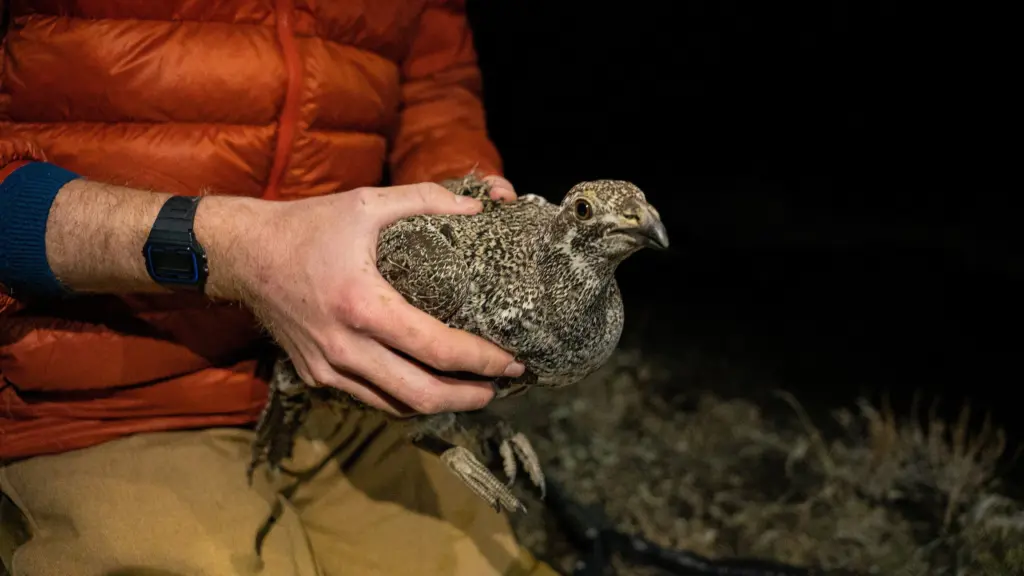MOSCOW, ID — Moderate cattle grazing on public lands does not reduce sage-grouse nest success, according to a newly published 10-year University of Idaho study. The findings suggest sage-grouse and cows can coexist on the same land in southern Idaho.
“Nesting success and insect biomass don’t seem to be affected by low to moderate levels of cattle grazing,” said Courtney Conway, U of I professor of wildlife sciences and the leader of the USGS Idaho Cooperative Fish and Wildlife Research Unit.
The idea for an extensive sage-grouse and cattle grazing research project was spurred by opposition to spring cattle grazing on federal land in the early 2000s and a lack of science to inform the debate. The decade-long research project wrapped up data collection in August 2023, and the full study is now published and publicly available at doi.org/10.3996/css82003131.
The project involved an unprecedented collaboration to assess the effects of spring cattle grazing on sage-grouse nesting and brood success examined under current levels of grazing permitted on public lands managed by the Bureau of Land Management (BLM) throughout southern Idaho.
Conway joined forces with U of I professor of rangeland ecology Karen Launchbaugh, biologists with the BLM, the Idaho Department of Fish and Game, the Idaho Governor’s Office of Species Conservation and several other partners to bring scientific data to the debate.
“Decisions regarding sage-grouse and cattle were being made by land managers, but there wasn’t a lot of science to rely on,” Conway said. “We just didn’t know what effect spring grazing had on nesting sage-grouse, brood production or other vital rates, until now.”
Working closely with local ranchers who had BLM grazing permits and who agreed to participate in the long-term project, Conway’s group of researchers annually collected and analyzed data from five research sites in Idaho. The results address the effects of currently permitted low to moderate grazing levels on sage-grouse nesting and brood rearing. More intensive grazing may have different outcomes.
“I think this is a significant outcome for the ranching community, which has wondered all along what they would do if scientists learned that their spring grazing was bad for sage-grouse,” said Launchbaugh, co-lead investigator. “We now have rigorous scientific results to support the idea that cattle and sage-grouse can co-exist under the scenarios we examined. These findings suggest that responsible public land grazing can continue without harming sage-grouse.”
More than 1,300 sage-grouse hens were captured and radio-collared on five sites across Idaho during the 10-year study. Researchers documented the fate of 1,285 nests and tracked 399 broods to assess the effects of spring cattle grazing on sage-grouse in the unprecedented study.
This project was funded to Regents of the University of Idaho by:
- U.S. Department of Agriculture Forest Service under award 17-CR-11221632-192. The total project funding is $34,483, of which 100% is the federal share.
- U.S. Fish and Wildlife Service under award F16AC01179. The total project funding is $99,961.28, of which 100% is the federal share.
- U.S. Geological Survey under award G19AC00019. The total project funding is $94,339.62, of which 100% is the federal share.
- U.S. Department of the Interior, Bureau of Land Management under award L15AC00086. The total project funding is $1,745,100, of which 100% is the federal share.
- U.S. Department of the Interior, Bureau of Land Management under award L20AC00320. The total project funding is $1,700,000, of which 100% is the federal share.





